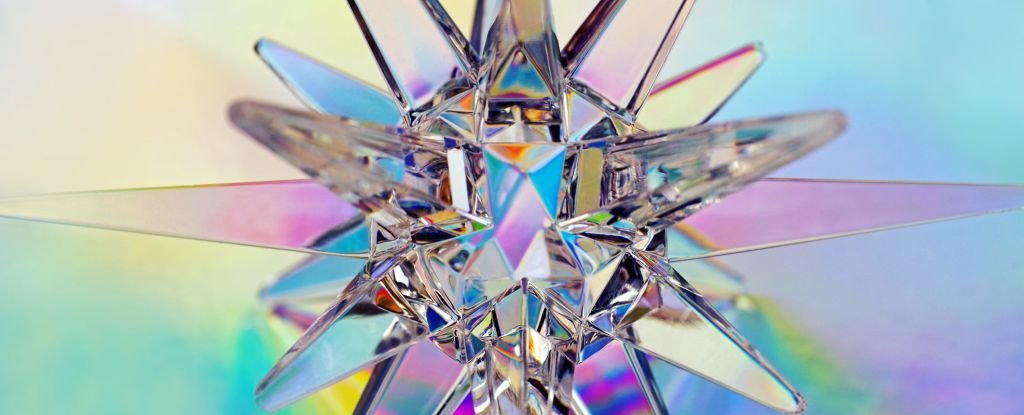Products You May Like
We’ve just taken another step closer to time crystals that can be used for practical applications.
New experimental work has yielded a room-temperature time crystal in a system that is not isolated from its ambient surroundings.
This, the researchers say, paves the way for chip-scale time crystals that can be used in real-world settings, away from expensive laboratory equipment required to keep them running.
“When your experimental system has energy exchange with its surroundings, dissipation and noise work hand-in-hand to destroy the temporal order,” says engineer Hossein Taheri of the University of California, Riverside.
“In our photonic platform, the system strikes a balance between gain and loss to create and preserve time crystals.”
Time crystals, sometimes also referred to as space-time crystals, and only confirmed to actually exist a few years ago, are as fascinating as the name suggests. They are a phase of matter that is a lot like regular crystals, with one very significant additional property.
In regular crystals, the constituent atoms are arranged in a fixed, three-dimensional grid structure – the atomic lattice of a diamond or quartz crystal is a good example. These repeating lattices can differ in configuration, but within a given formation they don’t move around very much; they only repeat spatially.
In time crystals, the atoms behave a bit differently. They oscillate, spinning first in one direction, and then the other. These oscillations – referred to as ‘ticking’ – are locked to a regular and particular frequency. Where the structure of regular crystals repeats in space, in time crystals it repeats in space and time.
To study time crystals, scientists often use Bose-Einstein condensates of magnon quasiparticles. These have to be kept at extraordinarily low temperatures, very close to absolute zero. This requires very specialized, sophisticated laboratory equipment.
In their new research, Taheri and his team created a time crystal without supercooling. Their time crystals were all-optical quantum systems created at room temperature. First, they took a tiny microresonator, a disk made out of magnesium fluoride glass just one millimeter in diameter. Then, they bombarded this optical microresonator with the beams of two lasers.
The self-preserving subharmonic spikes (solitons) that resulted from the frequencies generated by the two laser beams indicated the creation of time crystals. The system creates a rotating lattice trap for optical solitons that then display periodicity.
To maintain the integrity of the system at room temperature, the team used self-injection locking, a technique that ensures the laser’s output maintains a certain optical frequency. This means that the system could be moved out of the lab and used for field applications, the researchers say.
In addition to potential future explorations of the properties of time crystals, such as phase transitions, and time crystal interactions, the system could be used to take new measurements of time itself. Time crystals might even be integrated, one day, into quantum computers.
“We hope that this photonic system can be utilized in compact and lightweight radiofrequency sources with superior stability as well as in precision timekeeping,” Taheri says.
The team’s research has been published in Nature Communications.
